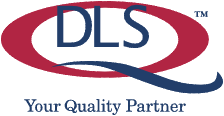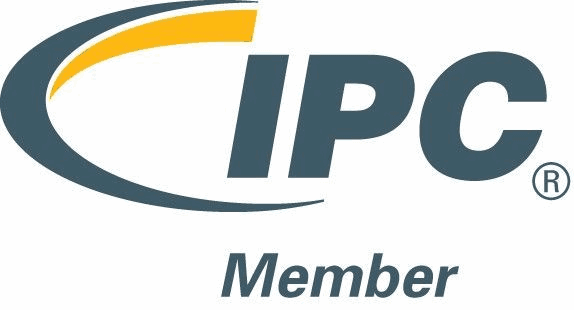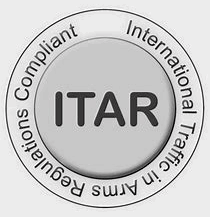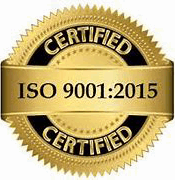The manufacturing and assembly of printed circuit boards can quickly become a costly expenditure, especially during projects that require large volume production runs. Fortunately, there are quite a few cost saving tips and tricks that can be utilized to meet project budget needs. Explore some of the most widely used design strategies for keeping costs minimal during PCB assembly.
Surface Mount Technology over Through Hole
Surface mount technology has increased in use over the years. As an assembly method that allows for high density PCBs, surface mount technology not only reduces product weight, but also can provide a way for manufacturers to reduce overall production costs. While this assembly method is cost effective, that does not mean that SMT does not provide the user further benefits. Surface Mount Technology also provides printed circuit boards with high vibration resistance and typically involves less risk of soldering defects. This can largely be attributed to the automation associated with placement of SMT components.
Space Assessment and Array Design
Panelization is another cost-saving technique that many printed circuit board assemblers can implement into their designs. By joining together multiple smaller boards into one cohesive PCB design, panelization works to reduce the labor intensity of an order and create cost savings for the customer. To determine the viability of this array design strategy, experts at MPL can conduct a space assessment and modify PCB plans according to their findings.
Plated Through Hole Vias
Plating through hole vias has become one of the most widely used methods of via implementation, as PTH is the simplest kind of through hole assembly. This is in contrast with methods such as buried via holes, which are more complicated due to expensive and time-consuming bonding processes that must occur after board drilling.
Plating through holes only requires the use of a drill or laser to create a fully functioning borehole, which allows the cost of this process to be relatively cheap. It is important to note, however, that while plate through hole vias are the cheapest method of implementing vias, this process may take up a larger portion of the PCB space, ultimately increasing costs if more material is needed.
Cost-effective Material
It is no surprise to learn that some materials are more cost-effective than others. In the current market, material shortages are an increased concern for PCB assemblers, which can further exacerbate the costs of PCB design. As a way to combat these challenges, there are some materials that designers can choose to offset costs. While aluminum is a commonly used material during PCB assembly and manufacturing, one of the most widely used materials is laminated fiberglass, which is typically the most cost effective material available.
Adjust Trace and Clearance Requirements
When possible, traces and clearances can be adjusted to affect the overall assembly costs of printed circuit board orders. The key is to enlarge the traces, which ultimately lowers the cost of the entire board. Not every trace or clearance can be adjusted to reduce costs, which is why it is critical to run functionality tests on all PCB assembly designs before any production runs.
Finding the Balance
While the points mentioned above are useful in certain instances, cost effective design strategies do not always create the most ideal end product. Because no two projects are completely alike, it is vital to work with a printed circuit board design team that will understand which assembly techniques can be implemented without compromising overall board quality.




